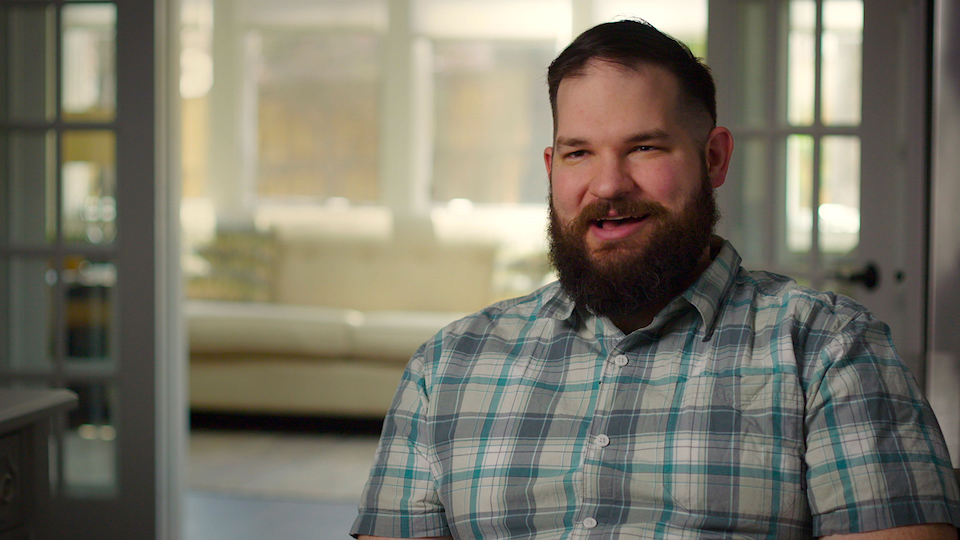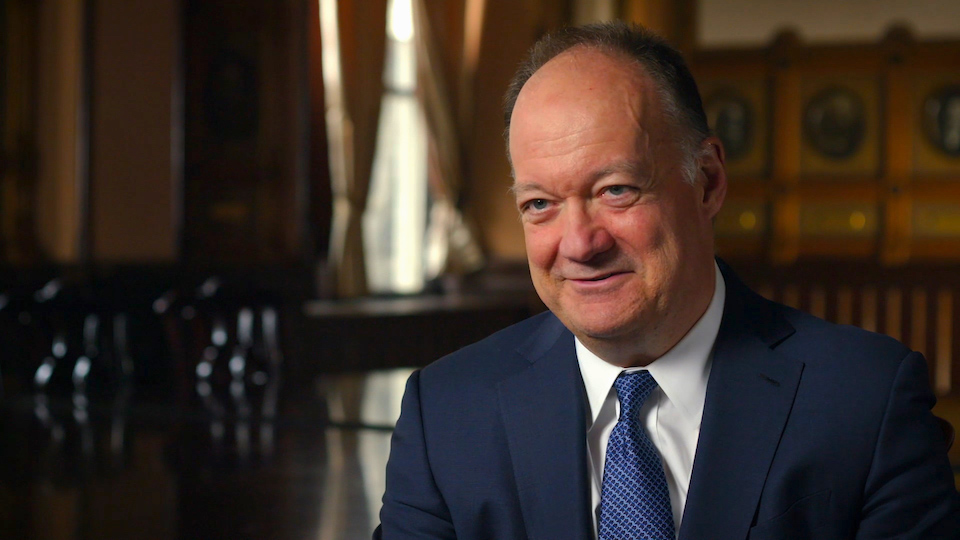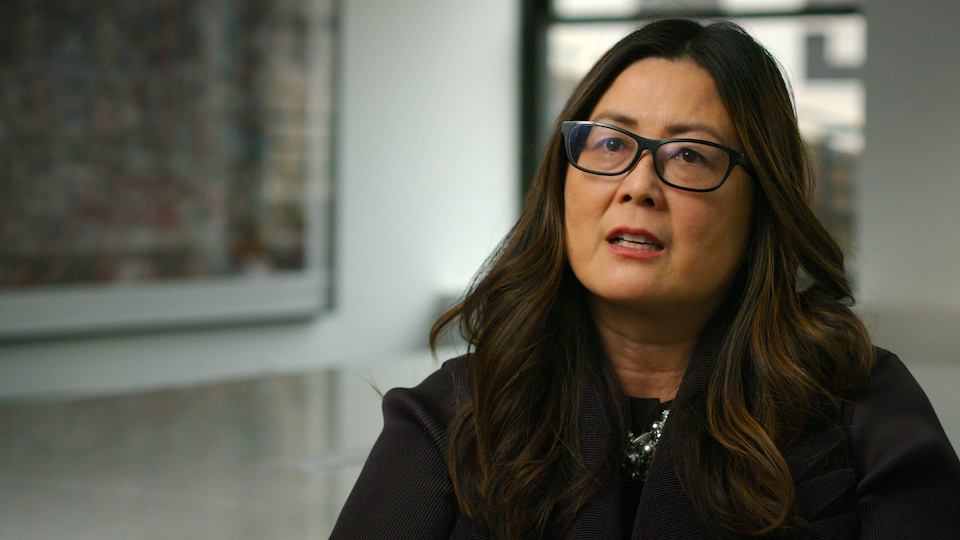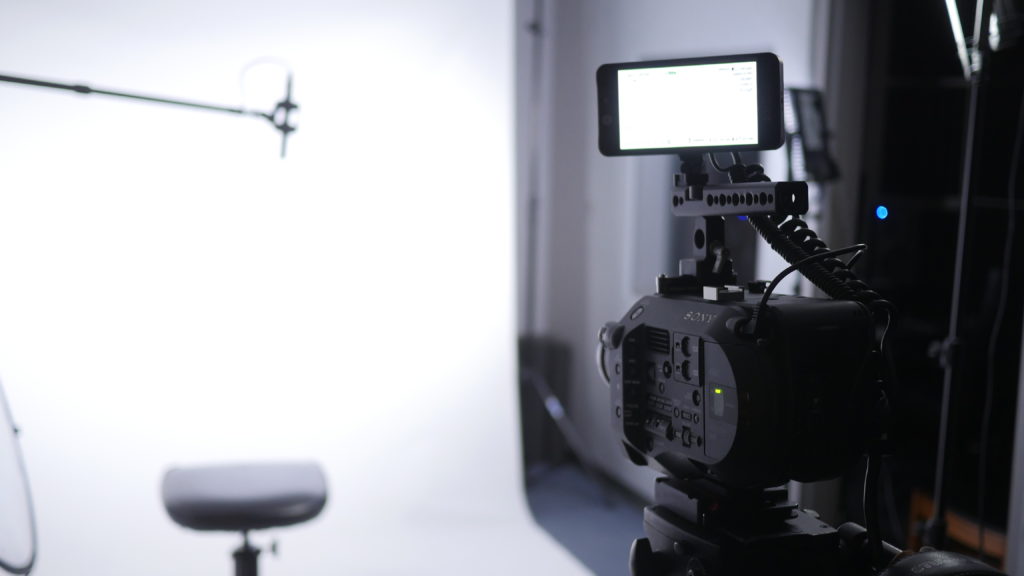Authenticity and intimacy are the qualities in our work we are most proud of. These qualities can come from real moments we film as well as interviews we capture during production of videos for non profit and corporate clients. For interviews in particular, we’ve honed a visual approach over the years that we think results in high-quality imagery that feels authentic and intimate. Here’s how we do it.
1. Include the Environment

With large sensor digital cinema cameras readily available, it’s easy to fall into the trap of shooting with an extremely shallow depth of field and losing all context of an interview subject’s background. But in non-fiction and documentary-style videos, it’s often this background that adds layers and complexity to an interview. If you’re filming at a subject’s home or workplace, finding a space that adds to their story can greatly enhance the feeling of authenticity in your interview with them. It may take more effort up front – moving furniture, gelling windows with ND or scrim, moving lighting fixtures – but it will result in an image that feels natural rather than staged. Try not to over-stage the background by adding in extra tchotchke or plants, but don’t be afraid of including a family picture, quirky lamp, interesting books or other personal objects in the frame.
2. Utilize Natural Light

When scouting great locations to film your interview, seek opportunities to harness natural light. This usually means using windows, but it can also be a doorway or hallway with light spilling through. You can gel the windows with ND or scrim to cutdown their intensity, but be sure to position the subject so that they aren’t directly in front of the window. You want the window to imply that the scene is lit naturally, but not overpower or distract from the subject. It’s a delicate balance but one that effectively builds a feeling of authenticity.
3. Aim for Soft, Flattering Light

When setting up your own lighting, go with the minimal amount possible that allows you to create a soft, flattering light. Usually one powerful LED fixture, such as an Astra 6X or Gemini shot through a large piece of diffusion will give you a very soft flattering key light. Sometimes that’s all you need. You can add in a reflector for fill, a backlight and maybe an accent light or two. But if you’re utilizing natural light, you should be able to get away with less, relying on windows or properly gelled lighting fixtures to act as accents. The main reason to use less lighting is twofold – to save time on setup and to help keep your subject at ease. Larger lighting setups usually mean more crew and more disruption to the space and subject’s life, which can ultimately undercut your goal of maintaining authenticity and intimacy.
4. Bonus – Camera Position & Framing

While not directly related to lighting, camera position and framing are inseparable from lighting decisions and also have an impact on authenticity and intimacy. Place your camera too far away from the subject and it can feel awkward and alienating. Place it too closely and it can invade personal space and feel stifling. Aim to place your camera and interviewer somewhere 5-6 feet away from the subject. This should also allow for a nice framing that keeps the subject the focus, but shows enough of the background to provide context. For traditional interview looks, if you’ve done everything else right, framing the subject off-center and looking slightly to one side will provide a feeling of intimacy. But centering the subject and having them speak directly to camera can dramatically increase the feeling of intimacy. It requires extra care because the subject may have a hard time speaking candidly to a camera instead of a person, so consider this approach carefully before implementing it.